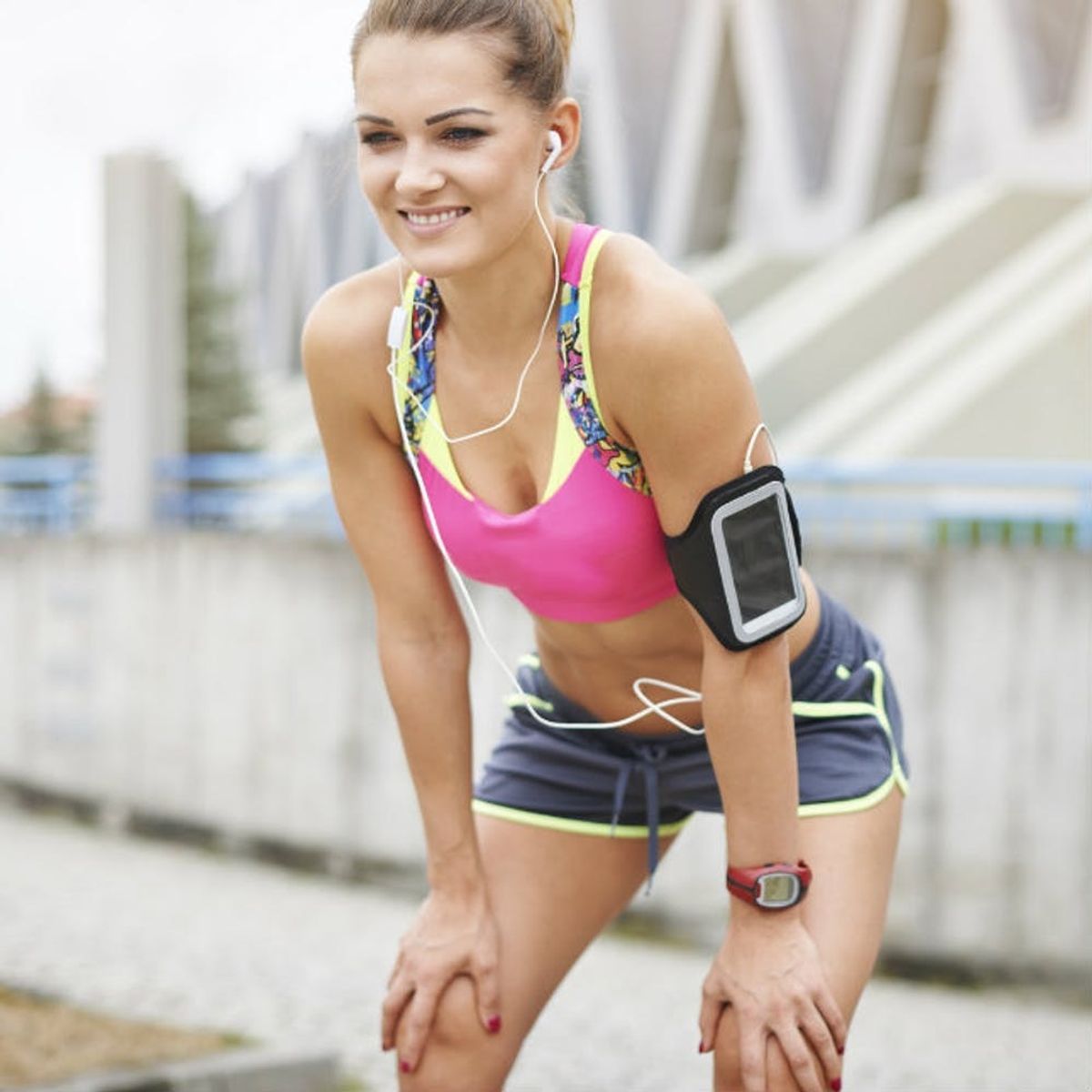Your ladies need a house.
5 Things to Test When You’re Buying a Sports Bra

Maybe it’s just us, but we’ve never really put much thought into picking out a sports bra — beyond going to Target and spending an hour deciding between two sizes (sometimes the line between comfortable and cleavage is too thin). Sure, we all want our sports bras to be cute, and we’ve been tempted by some high-tech, smart bra versions, but a lot of us are pretty clueless on the most basic considerations we should be looking out for when it comes to fit and performance. Here are five tips to help you find the perfect sports bra, whether you’re working out at home, at the gym or… just wearing your best athleisure to run errands and watch Netflix. (No judgment.)
1. Decide whether you want your breasts compressed or encapsulated. Weird question, but don’t worry, we’re not asking you to state a preference. The answer depends on the kind of activity you’ll be doing. If your workout is low impact (like walking, yoga or strength training), you can probably go for an encapsulated style, with a shape more similar to a regular bra with separate cups. If you’re doing something a bit higher impact (like hiking or cycling), a compression style (cupless, the kind you pull over your head) is a good step up. If your workouts are really hardcore (like running or aerobics), or you have a larger chest, go for a style that combines compression and encapsulation for maximum support.
2. Check the band. Once you’re strapped into your sports bra of choice, the band should fit snugly and straight across your chest and back (parallel to the ground), and when you raise your arms above your head, it shouldn’t slide up. If there’s an underwire, it should lay flat against your rib cage, under your breasts, and shouldn’t feel like it’s poking or pinching you anywhere. And note that, generally, the wider the band, the greater the support.
3. Pull the straps.Not to snap them, because you’re not your own middle school bully. What you’re doing is checking that there’s not too much stretch that they’ll slip off your shoulders during your workout, but also not enough that they’ll dig into you. If the straps are criss-cross or tank top style, that probably means you can adjust them, but racerback straps often aren’t adjustable, so it’s especially important to get the fit right on that style. The same rule for bands follows for straps: The thicker they are, the more support they’ll provide.
4. Pay attention to the fabric. Not just how it looks, but how it acts as you’re wearing it. If it’s puckered or wrinkled, the cup size might be too big for you. If it’s moisture-wicking or you can see your nipples through it, that might mean it’s a thinner fabric that won’t be supportive enough. And if it feels like it’s chafing when you’re just standing there in the dressing room, it’s definitely not going to be comfortable during your workout.
5. Jump up and down. Seriously. A good sports bra should fit tighter than a regular bra, but still be comfortable. If you can feel your boobs moving around a lot, something’s not right.
Show us your favorite sports bra and share your tips with us on Instagram!
(Photos via Getty)



















